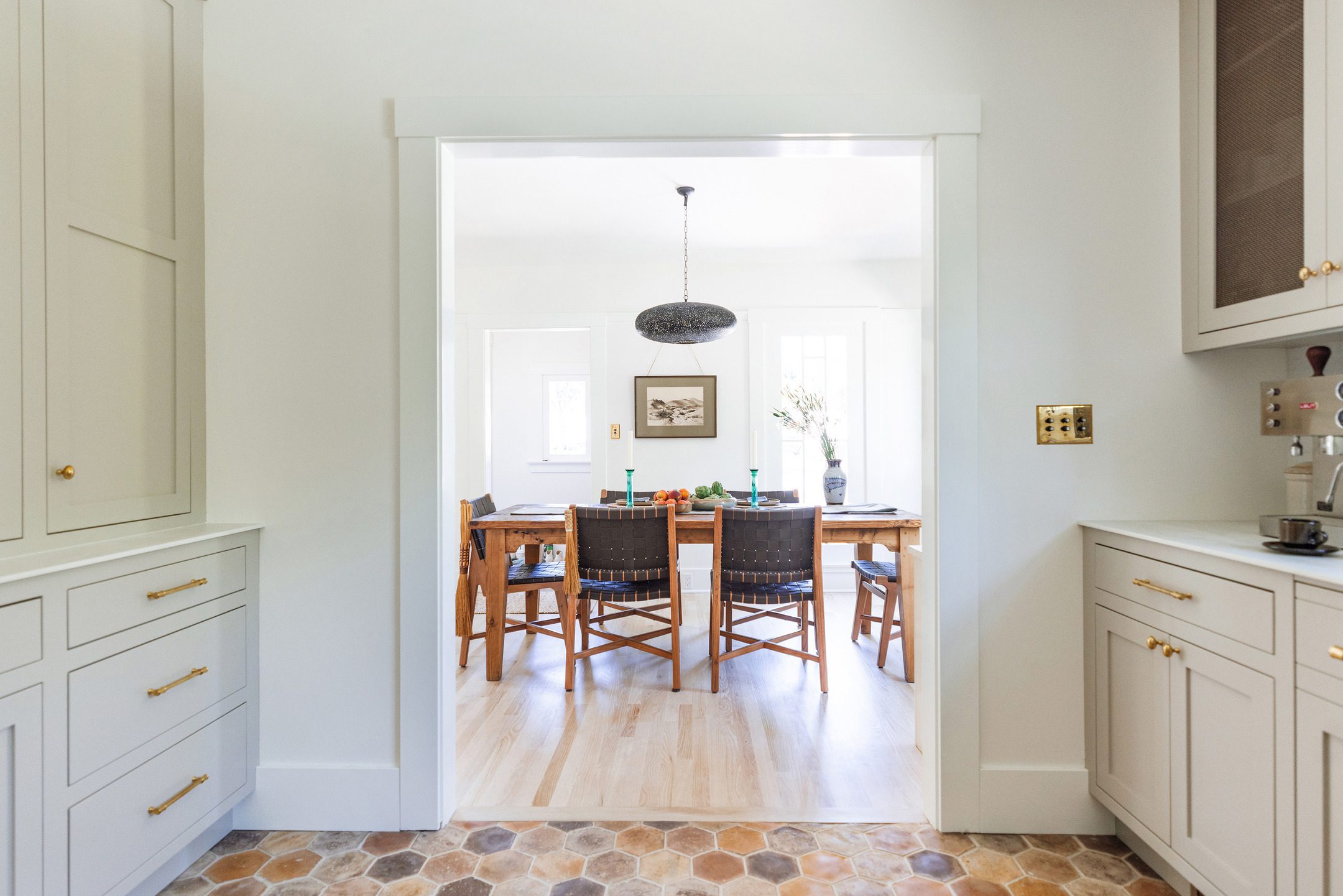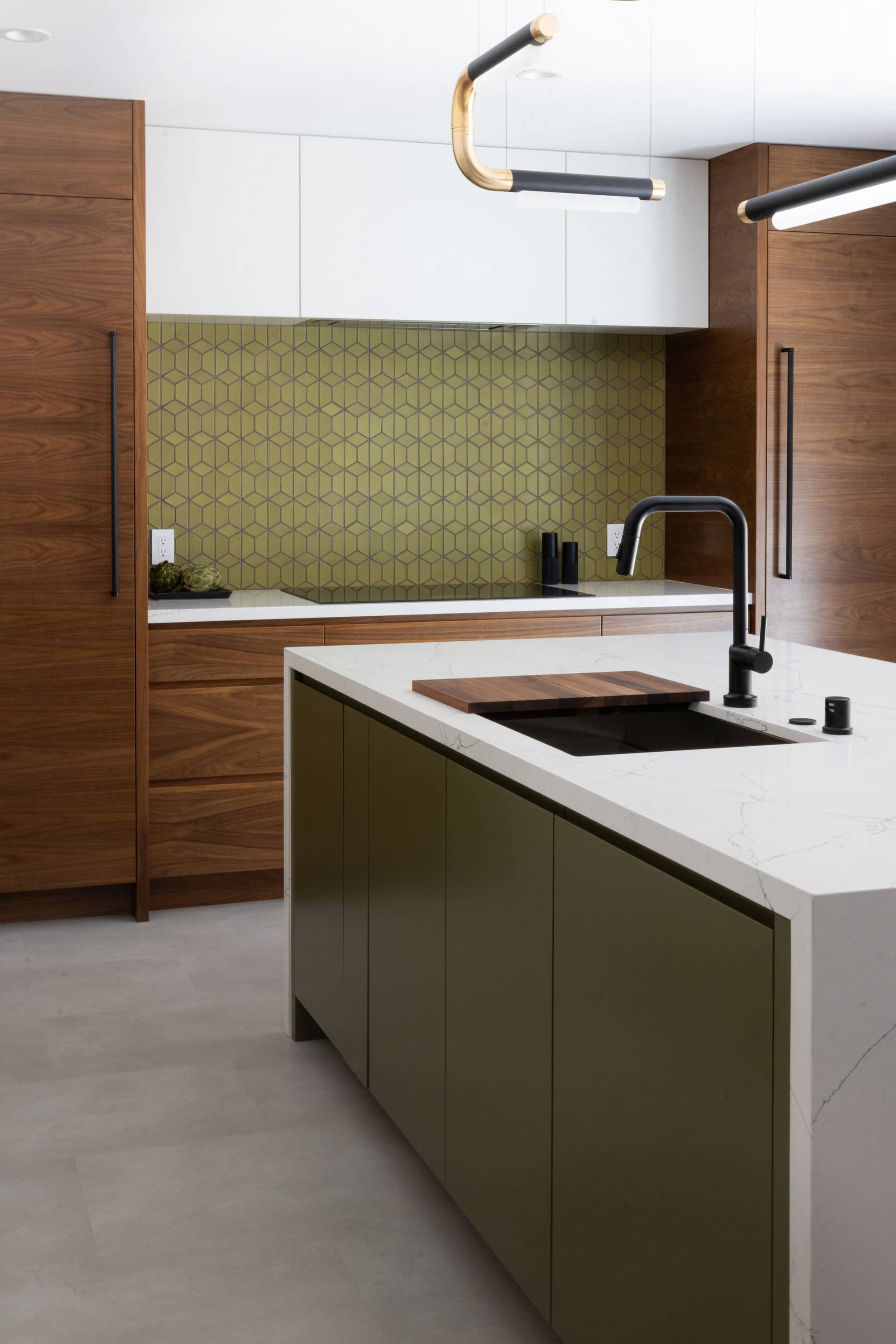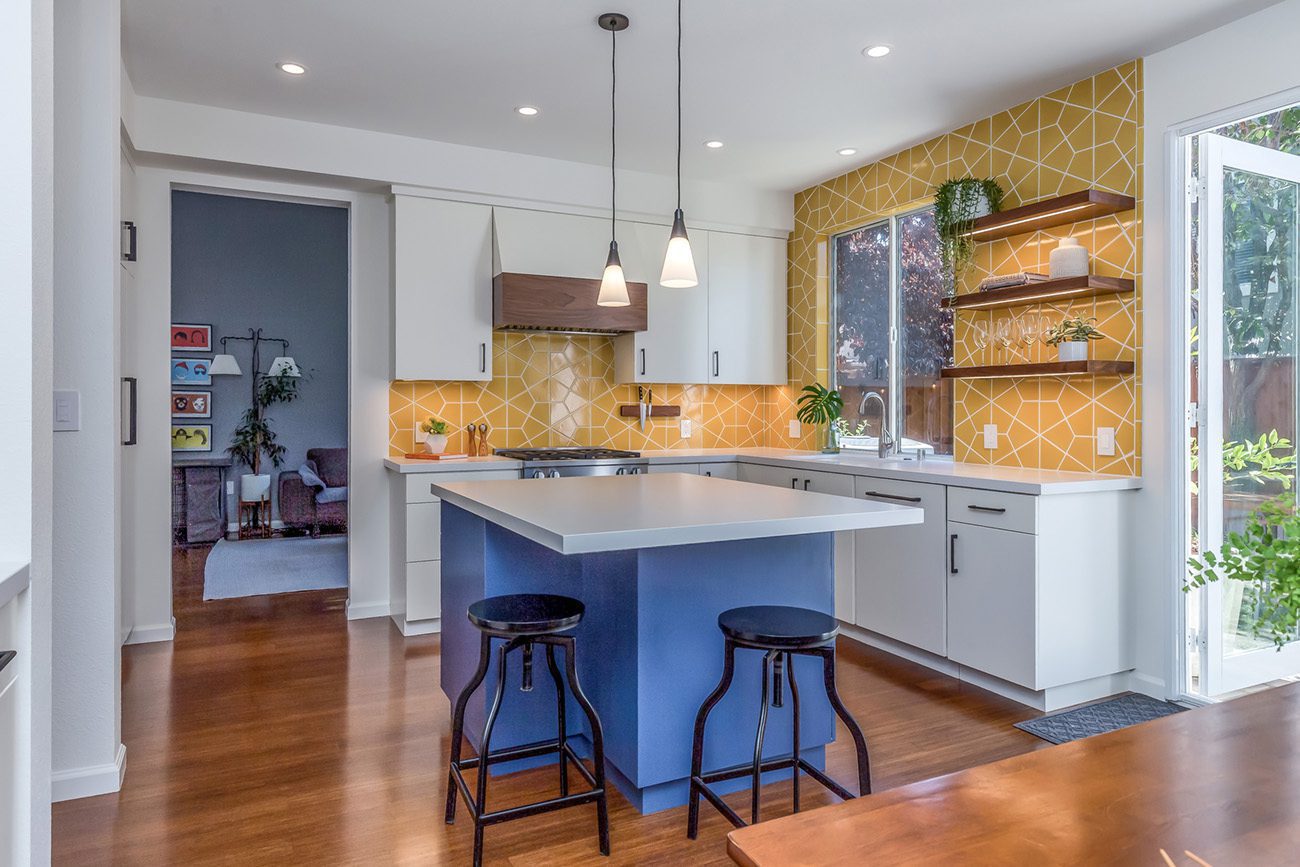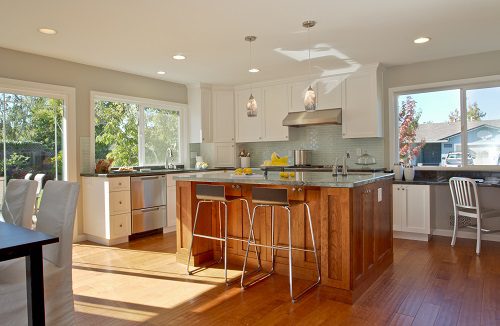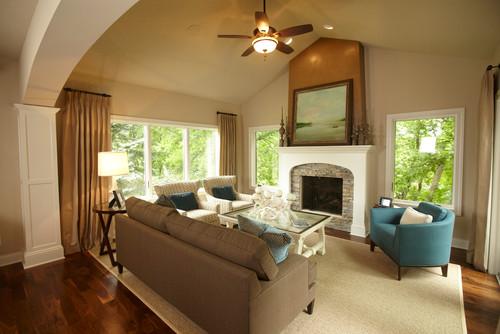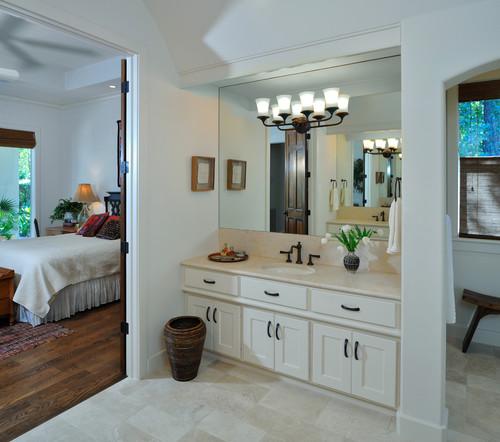Removing load bearing walls
Can you remove a load-bearing wall?
Yes. There is always a way to get there. It really depends on how much structural re-engineering may be required and if the value outweighs the potential costs. First, consider your end goal.
Do you hope to attain more natural light from the adjacent space? Do you want to be able to hold conversations between areas? Is that you want to be able to see your children in the other room?
Second, determine if that interior wall is load bearing. Some walls are deceiving in how they may appear (or not appear) to be load bearing. Or sometimes that interior wall houses a tremendous amount of plumbing pipes or electrical wiring.
Finally, is the entire removal of an interior wall(s) the only way to get what you want? Many times a design can be accomplished that provides a sense of openness while still keeping the structural aspects of that once load bearing wall. For example a new beam or post can be incorporated into the design as a stylized feature in the space. Often this can be leveraged as an opportunity to reinforce certain architectural styles.
Above is an example where a support beam was wrapped and stained in the same wood finish as the kitchen cabinetry. This is a much less costly option than raising the beam to be flush into the ceiling.
Another solution is a partial opening as seen in the photo below where arched openings were used to open the kitchen into the family room, but also hid a support posts.
What other ways can you open up a room?
For more natural light, add a skylight…it makes room feel more open. Remove lowered ceilings. 30 years ago it was a trend to create intimate spaces by lowering ceilings to less than 8 ft. Many times these ‘soffited’ ceiling were purely decorative, so there is a good chance that the ceiling can be raised without structurally implications. This is also true of soffits over kitchen wall cabinets.
Other structural changes really depend upon the bones of the room. A pro can come take a look to ensure you are not going to create a safety issue with the removal of a load-bearing wall
Photo Credit: Next Stage Design
How do you create conversation areas in an open floor plan?
An open floor plan really requires more planning to make the room feel inviting and properly proportioned. It’s typically a more casual living environment with an open view of the room (clutter and all). Imagine the space and how will function day to day. How will your furniture be laid out in the room? What size table/chairs will work? Remember to maintain proper walk space. Setting up conversational vignettes provides a sense of intimacy. Your lighting and ceiling plan will also play a role. As you see in this image the pendant lights, chandelier, and lamps help define each of the three separate spaces, kitchen, breakfast nook, and family room. When installing recessed lighting, install each area on its own electrical switch so you can customize dimming. Design the room to how your lifestyle is supposed to be.
Photo Credit: Next Stage Design
Cutting down on noise in an open floor plan
Textiles can help absorb sound refraction. Installing window and floor coverings, throw pillows, and fabric covered furniture you help minimize sound echoing throughout the space. Open floor plans are a great way to entertain large gatherings for the typical “servant-less household”. However, there is really no full proof substitution for a noise or smell barrier like you would have with a fully enclosed kitchen or family room. Therefore, choose your appliance wisely and understand the performance vs sound aspects of your appliances (especially your hood).
Photo Credit: Houzz
Which rooms make the most sense to open up?
The kitchen, family room, and dining room are the most popular rooms to open up or conjoin. This is a remodeling project with good return on your investment as most homes are increasingly multi-generational and lifestyles have greatly transitioned to a two-cook kitchen. Another popular request in the San Jose/Santa Clara County area is opening up the master bathroom in 1970s-’80s era homes. These homes frequently have a wall between the dressing vanity and the rest of the bathroom, making it very compartmentalized. Homeowners prefer opening up the space into a more traditional bathroom with toilet, shower, and sink in the same room.
Photo Credit: Houzz
Save
